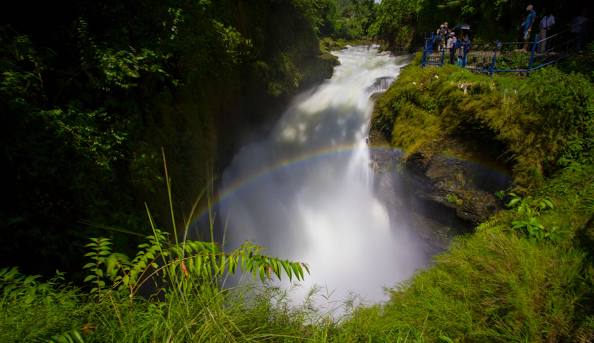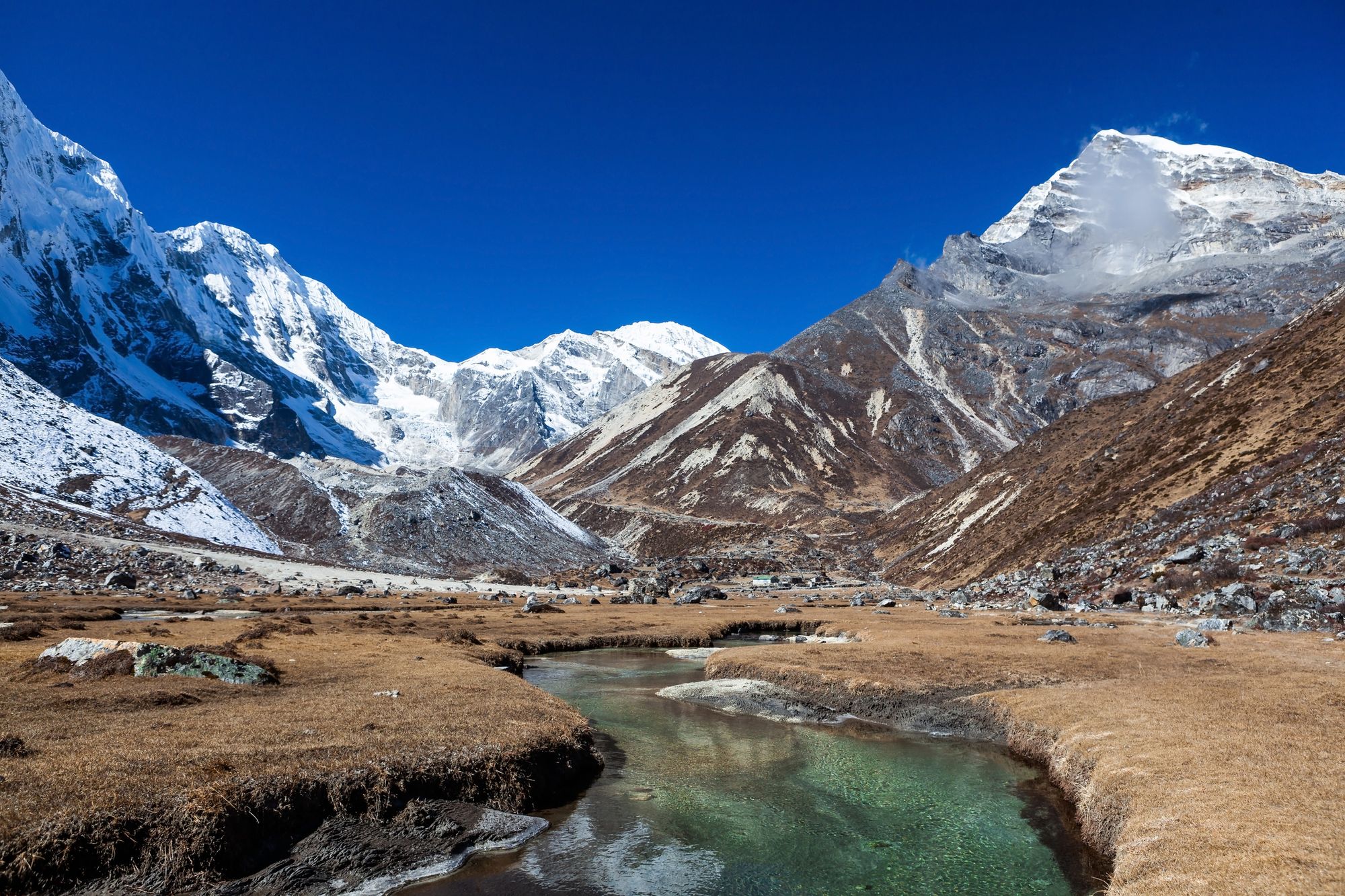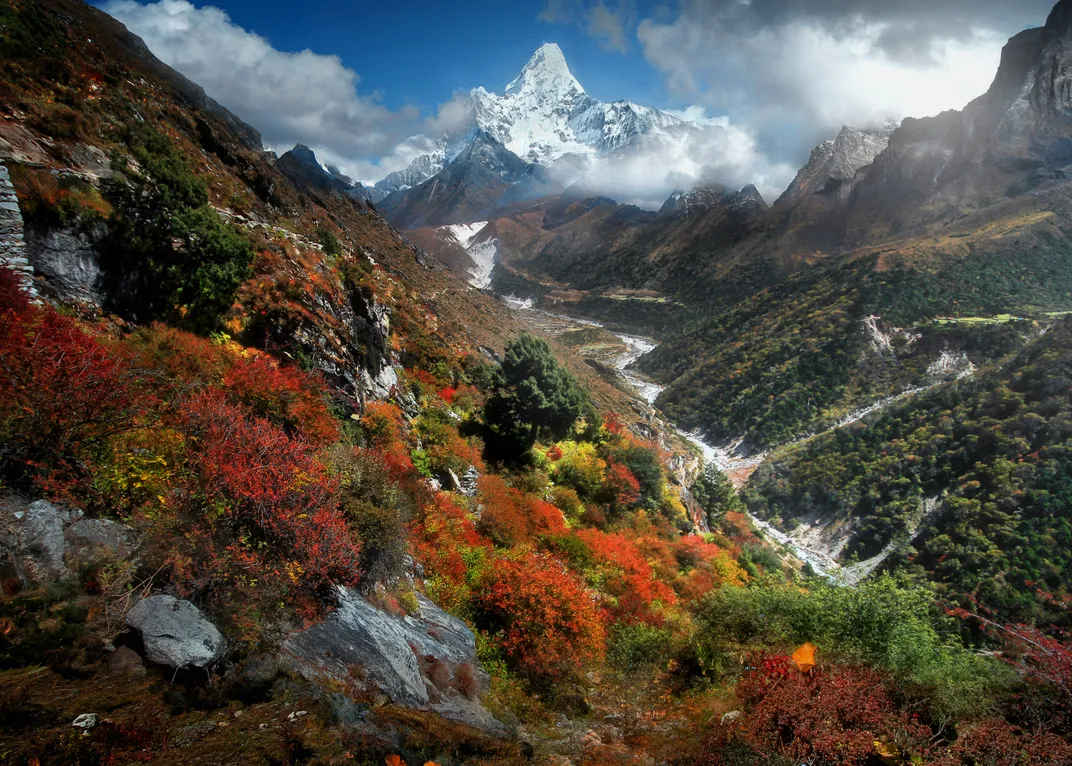The Pashupatinath Temple, located on the banks of the sacred Bagmati River in the Kathmandu Valley, is one of the most revered Hindu temples in Nepal. It is situated on the eastern outskirts of Kathmandu, the capital of Nepal, and is considered the holiest site in the country. This ancient temple is dedicated to Lord Shiva in his manifestation as Pashupati, the protector of animals. Pashupatinath Temple is not only a religious site of immense significance but also a cultural and architectural landmark that attracts both pilgrims and tourists from around the world.
Historical and Religious Significance
Pashupatinath Temple has a rich history that stretches back to at least the 5th century BCE, although the oldest recorded temple at the site dates from around 400 CE. The religious foundation of the temple complex is believed to be pre-Vedic, and its importance is highlighted in various Hindu scriptures, including the Skanda Purana and the Nepal Mahatmaya. The temple is considered one of the holiest pilgrimage sites for Hindus, particularly for those who follow the Shaivite tradition, as it is devoted to Lord Shiva in his form as Pashupati. According to legend, the deity here gained great fame as Pashupati, or “Lord of the Animals,” and has been worshipped by generations of devotees.
The original structure of the temple was made primarily of wood, but over time, these buildings were consumed by termites, and the temple was rebuilt in stone and metal during the 15th century CE. Despite these changes, the core religious significance of the site has remained constant. The temple’s design has evolved over the centuries, and today, the central temple complex stands as a stunning example of Newar architecture, a unique style that blends traditional Nepalese, Buddhist, and Hindu influences.
The Temple Complex
The Pashupatinath Temple complex is expansive and includes more than 500 smaller temples, shrines, and cremation sites scattered around the area. These structures are spread over a vast area of 246 hectares, along the banks of the Bagmati River. The centerpiece of the complex is the main pagoda-style temple, which is adorned with a gilded roof. This two-story pagoda is the most prominent building in the temple complex and houses a sacred lingam (a representation of Lord Shiva). The main temple is an architectural marvel, constructed with copper and gold, with four silver-covered doors. The temple’s pinnacle is made of gold, adding to its grandeur.
In addition to the central temple, the Pashupatinath complex is home to numerous other smaller temples and shrines dedicated to various deities. Among these are shrines to Lord Vishnu, Ganesha, and other gods and goddesses, along with many ashrams and meditation centers. The most significant aspect of the temple complex is its close association with the Bagmati River, which is considered sacred. Many of the shrines and temples are positioned along the riverbank, and the area is often bustling with pilgrims who come to perform religious rituals.
The Maha Shivaratri Festival
One of the most significant events at Pashupatinath Temple is the Maha Shivaratri festival, which takes place annually in February or early March. Maha Shivaratri, or “the Great Night of Shiva,” is a major religious event that attracts thousands of devotees from across Nepal and beyond. This festival marks the beginning of spring and is celebrated with great enthusiasm at the temple. During the festival, worshippers gather to offer prayers, perform rituals, and engage in chanting and meditation. The temple becomes a focal point of devotion, with thousands of people coming to seek blessings from Lord Shiva.
Aside from the Maha Shivaratri festival, the Pashupatinath Temple is busy with devotees and tourists throughout the year. Pilgrims from all over the world visit the temple to pay homage to Lord Shiva, while tourists are drawn to the site’s cultural and architectural beauty. The area is always filled with life, with an array of animals, including deer, goats, and monkeys, adding to the atmosphere of devotion. These animals are often seen roaming freely within the temple complex, as the site is dedicated to the protection of animals, in line with the role of Lord Shiva as the guardian of all living beings.
Cremation and the Sacred River
One of the most poignant aspects of Pashupatinath Temple is its role in the cremation rituals of Hindus. Many devotees choose to have their final rites performed at the temple, as it is believed that being cremated here will purify the soul and bring liberation from the cycle of birth and death. The cremation grounds are situated along the banks of the Bagmati River, and the sight of funeral pyres burning is a common one at Pashupatinath. The sacred river is thought to have the power to cleanse the soul, and it is considered one of the most holy rivers in Hinduism.
The temple’s connection to death and rebirth is integral to its spiritual significance. It is said that those who are cremated at Pashupatinath are blessed to attain moksha (liberation from the cycle of reincarnation), and thus, many people from all over Nepal and India make the pilgrimage to the temple with the hope of achieving spiritual purification.
Architecture of the Temple
The architecture of Pashupatinath Temple is a blend of various styles, with the central temple featuring the distinctive pagoda style that is characteristic of Nepalese temple design. The two-tiered roof is covered with copper sheeting, and the temple’s pinnacle is gilded. The temple is built on a square platform and stands at a height of approximately 23 meters from the base to the top of the pinnacle. It has four main doors, each adorned with silver plates, and the overall structure reflects the intricate craftsmanship that Nepalese architecture is known for.
The temple complex also includes numerous smaller shrines and temples, some of which are dedicated to other deities in the Hindu pantheon. The Vaishnava temple complex, which houses a shrine to Lord Rama, and the Guhyeshwari Temple, dedicated to the goddess Parvati, are among the most prominent. The architectural design of these smaller temples complements the central temple, creating a cohesive and harmonious spiritual environment.
Lord Shiva: The Supreme Deity
Pashupatinath Temple is dedicated to Lord Shiva, one of the principal deities in Hinduism. Shiva is worshipped in many different forms, and at Pashupatinath, he is revered as Pashupati, the protector of animals. Shiva is often depicted as both a meditative ascetic and a dynamic cosmic force, embodying the duality of destruction and creation. His various forms represent different aspects of his power, including his role as the lord of ascetics (Yogi), the cosmic dancer (Nataraja), and the benevolent guardian of all living beings (Pashupati).
Shiva is typically depicted with a blue throat, a result of his act of holding poison in his throat during the churning of the ocean of milk. His hair is often shown in matted locks, symbolizing his control over the forces of nature. His consort, Parvati, is worshipped alongside him in many forms, including Durga and Kali, and together they are considered the divine couple.
The worship of Lord Shiva at Pashupatinath is integral to the temple’s identity, and pilgrims come to the site to seek blessings for health, wealth, and spiritual growth. The linga, a cylindrical representation of Shiva, is enshrined within the temple’s sanctum sanctorum, and devotees offer prayers and perform rituals to honor the deity.
Conclusion Pashupatinath Temple is not only a significant religious site for Hindus but also a cultural treasure that represents the spiritual and historical richness of Nepal. Its long history, stunning architecture, and association with Lord Shiva make it one of the most important pilgrimage destinations in the world. Whether it is the grand celebration of Maha Shivaratri, the peaceful daily rituals, or the powerful connection to the sacred Bagmati River, Pashupatinath remains a living symbol of devotion and a testament to the enduring power of faith.




